Resource Sharing Today
Resource Sharing Today
A Practical Guide to Interlibrary Loan, Consortial Circulation, and Global Cooperation
Corinne Nyquist
ROWMAN & LITTLEFIELD
Lanham Boulder New York Toronto Plymouth, UK
Published by Rowman & Littlefield
4501 Forbes Boulevard, Suite 200, Lanham, Maryland 20706
www.rowman.com
10 Thornbury Road, Plymouth PL6 7PP, United Kingdom
Copyright 2014 by Rowman & Littlefield
All rights reserved. No part of this book may be reproduced in any form or by any electronic or mechanical means, including information storage and retrieval systems, without written permission from the publisher, except by a reviewer who may quote passages in a review.
British Library Cataloguing in Publication Information Available
Library of Congress Cataloging-in-Publication Data
Nyquist, Corinne.
Resource sharing today : a practical guide to interlibrary loan, consortial circulation, and global cooperation / Corinne Nyquist.
pages cm
Includes bibliographical references and index.
ISBN 978-0-8108-9316-0 (hardback) ISBN 978-0-8108-8803-6 (paperback) ISBN 978-0-8108-8804-3 (ebook) 1. Library cooperation. 2. Library cooperationUnited States. 3. Interlibrary loans. 4. Interlibrary loansUnited States. 5. Document delivery. 6. Document deliveryUnited States. 7. Cooperative collection development (Libraries) 8. Cooperative collection development (Libraries)United States. I. Title.
Z672.N97 2014
021.6'4dc23
2014008521
 The paper used in this publication meets the minimum requirements of American National Standard for Information SciencesPermanence of Paper for Printed Library Materials, ANSI/NISO Z39.48-1992.
The paper used in this publication meets the minimum requirements of American National Standard for Information SciencesPermanence of Paper for Printed Library Materials, ANSI/NISO Z39.48-1992.
Printed in the United States of America
Contents
Acknowledgments
This project would never have been completed if Charles Harmon, my wonderful editor, had not guided me through the process of creating and submitting a book outline. Then he encouraged me to write, commented on what I sent, scolded me when I had writers block, and extended my deadline when I had an accident. My son, Jon, introduced me to DropBox and answered my technical questions. My daughter, Lynn, along with her daughter, Jenna, provided a book cover proposal. And, of course, my husband, Tom, provided moral support throughout the many months devoted to this book.
Everyone needs a good colleague and friend like Judy Fischetti, who read every word I wrote and recommended needed changes, which only another ILL librarian could do. Collette Mak wrote a great introduction, revealing that she has done ILL as long as I. Beth Posner looked into her crystal ball and predicted alternative ILL futures as she is part of the new resource sharing movement. And Judy Kuhn filled in when I lost my other contributor. Thanks also to library colleagues Elizabeth Strickland, Madeline Veitch, Nancy Nielson, as well as to two friends who knew what I was getting into: Ronald Knapp, and Jack Zand. Also, thanks to an anonymous reviewer for excellent suggestions and supportive statements.
At OCLC, I want to thank Tony Melvin for answering questions and referring me to Linda Gable, who provided RDA changes and computer code. And my investigation of OCLCs Global Council brought answers from George Needham and Pam Bailey.
Introduction
Why a practical guide? Because its desperately needed. When I started in interlibrary loan (ILL), Mansell was only up to the Ms, there was no WorldCat, and we communicated through multipart paper forms. Increasingly, librarians and library staff no longer know what Mansell or TWX mean, and for that I am grateful. Mansell was the publisher of a gigantic national book catalog, and TWX was a Telex messaging system. Those tools worked but were cumbersome and slow, and ILL was a specialized service appropriate only for serious scholars with lengthy time frames. In the days of paper verification, the operation was headed by a degreed librarian dedicated to the function. With the addition of even modest levels of technology, for instance, Online Computer Library Centers (OCLC) Interlibrary Loan Subsystem, as it was then called, ILL became accessible to all library users and is now considered a core service.
While no academic library questions the necessity of ILL, many have no idea where to put it or how to staff it. Increasingly, interlibrary loan is relegated to a back room and combined with another, somewhat related function, for example, acquisitions. In terms of efficiency for the library, theres clearly synergy to be gained, but it comes at the price of community and, potentially, customer service.
As ILL and document delivery become backroom operations, the library may well see benefits through cross-training, allowing staff to better cover vacations and staff vacancies, but it will find it more difficult to develop the skills necessary to negotiate a facsimile of a manuscript or locate a government document from before the breakup of the Soviet Union. When the practitioners are removed from both their clients and their counterparts at other institutions, it is far too easy to see the work as a series of unrelated transactions instead of being part of a global community that functions on trust and generosity.
Without that underlying community, resource sharing would not be possible; we trust one another to respect one anothers policies and be faithful stewards of the materials we borrow. Libraries that fail to respect that trust soon find themselves on do not loan lists. As I have told many a library user, until the book arrives, were working for you; as soon as that book arrives, were working for the library that lent it to us.
Clerical support staff seldom become members of the American Library Association (ALA), let alone the Reference and User Services Associations Sharing and Transforming Access to Resources Section (RUSA STARS), and they rarely travel to state, regional, or national conferences. With the dissolution of U.S. regional networks, even attending training becomes problematic. Another victim of the backroom consolidation is the understanding that resource sharing is a relationship business, that the relationship with the patron and the lending library are equally important.
In my own writings and presentations, Ive stated that ILL and document delivery are production operations that must appear as boutique services to customers. The only way that libraries can offer the high-volume production aspects, as well as the high-touch personal service, is through industrializing as many of the functions as possible through such services as the OCLCs Direct Request, Relais Discovery-to-Delivery, or ILLiads Trusted Sender. By offering self-service and using the technology to its greatest potential, libraries are able to offer the personalized services required by researchers with truly difficult needs that may require weeks or sometimes months to fulfill. The ability to serve both the generic and the highly specialized is the hallmark of service excellence in support of research.
ILL is also a mission-critical service that graduate students, faculty, and unattached scholars depend on to conduct their research. At my institution, Notre Dame, ILL serves more than 3,500 individuals in more than 100 academic departments and centers; those 3,500 individuals include 75 percent of our faculty and 61 percent of our graduate students.
So what are ILL, document delivery, and resource sharing? These are umbrella terms that cover a number of functions, all of which can be described as getting and sending content. Traditional ILL is just that, a transaction that occurs between two libraries. Document delivery can mean purchasing content from a commercial supplier or delivering content from the local collection to a local user. Remote circulation differs from ILL in that while the content is coming from another library, the transaction is between the lending library and the end user. Resource sharing is broader yet and covers all these topics and more. It includes a community of practice that literally spans the globe.
Next page
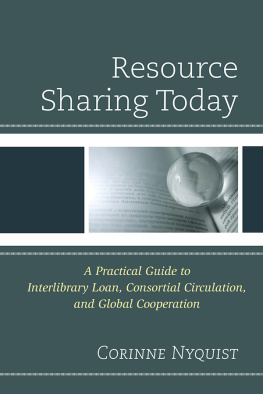


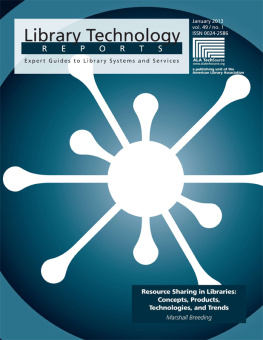

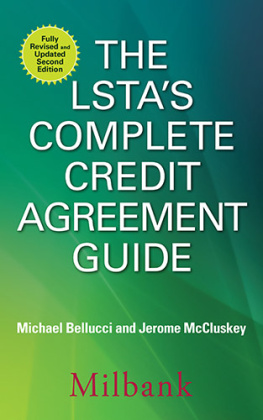

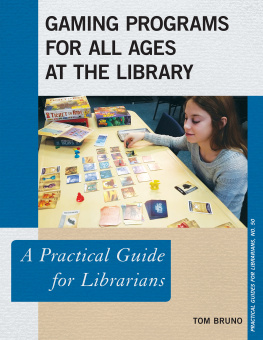
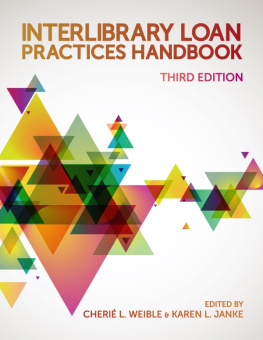
 The paper used in this publication meets the minimum requirements of American National Standard for Information SciencesPermanence of Paper for Printed Library Materials, ANSI/NISO Z39.48-1992.
The paper used in this publication meets the minimum requirements of American National Standard for Information SciencesPermanence of Paper for Printed Library Materials, ANSI/NISO Z39.48-1992.